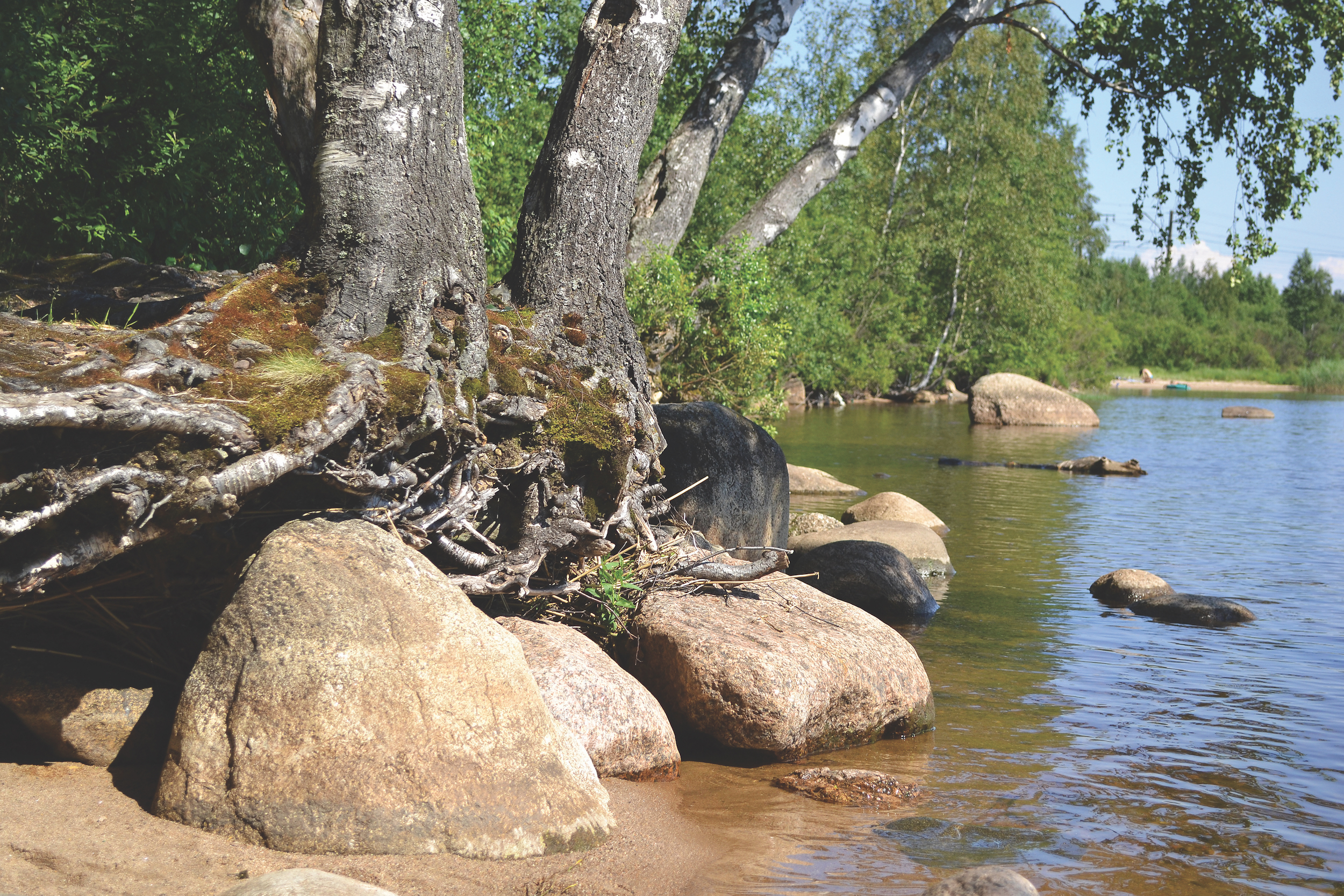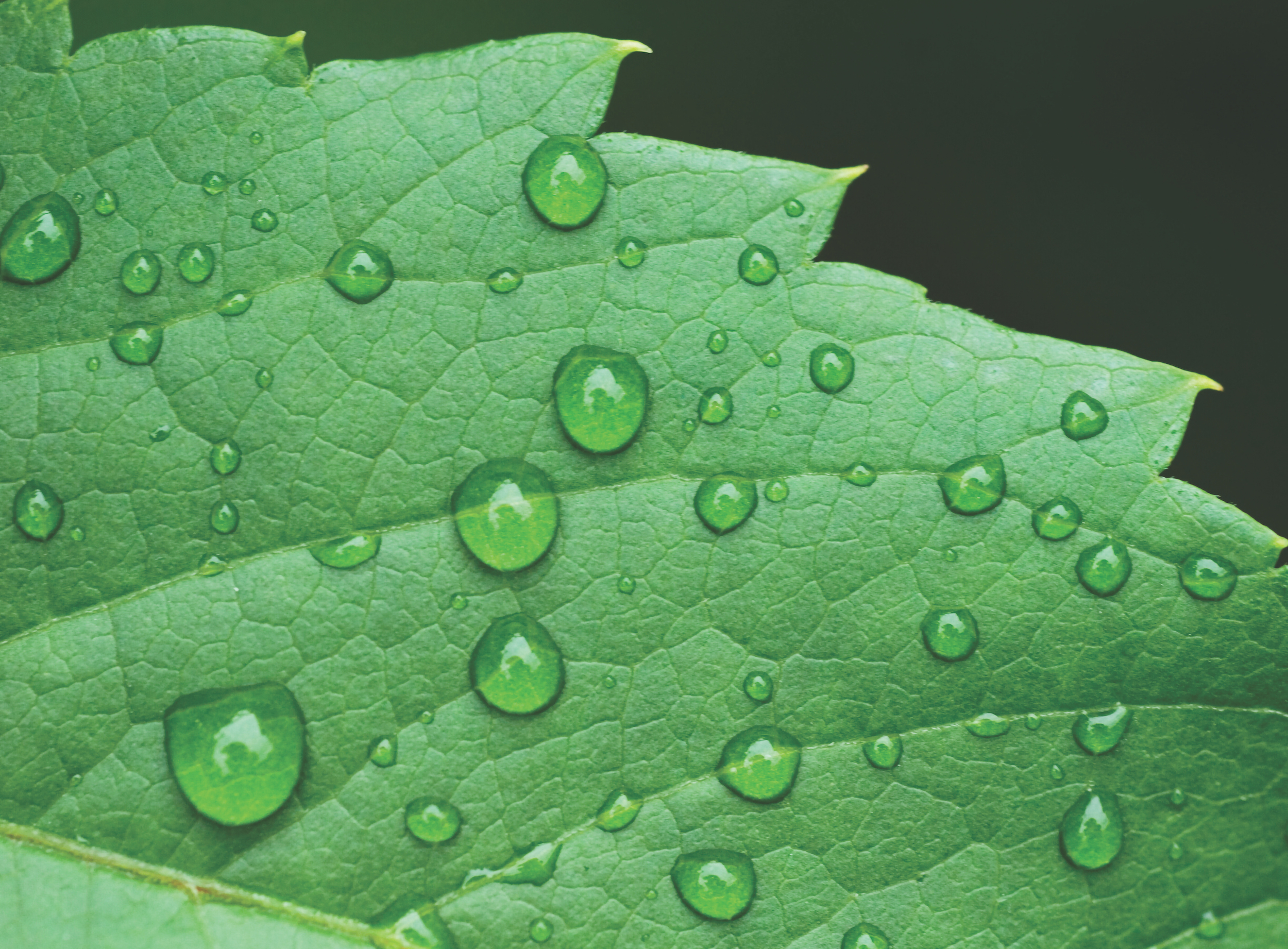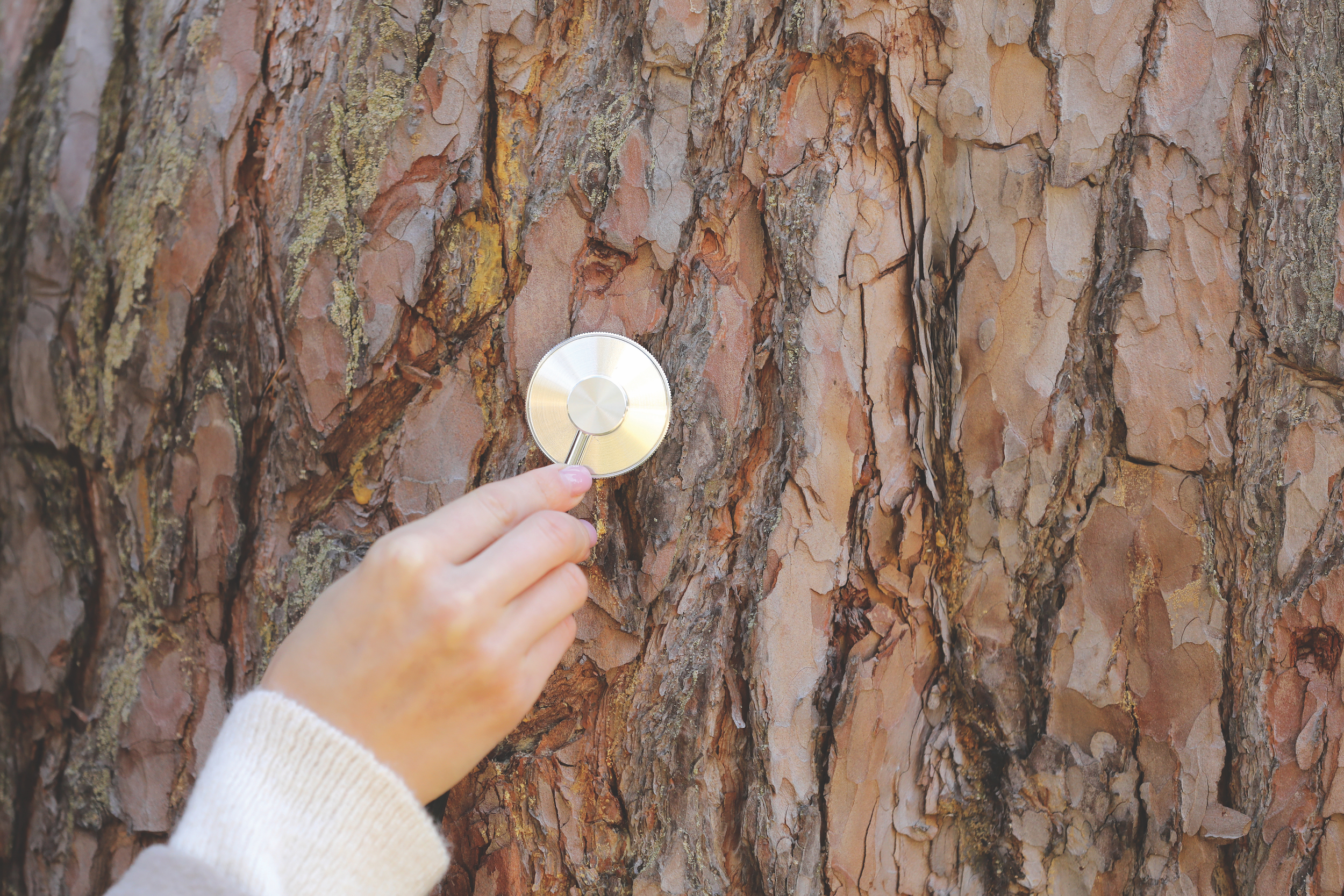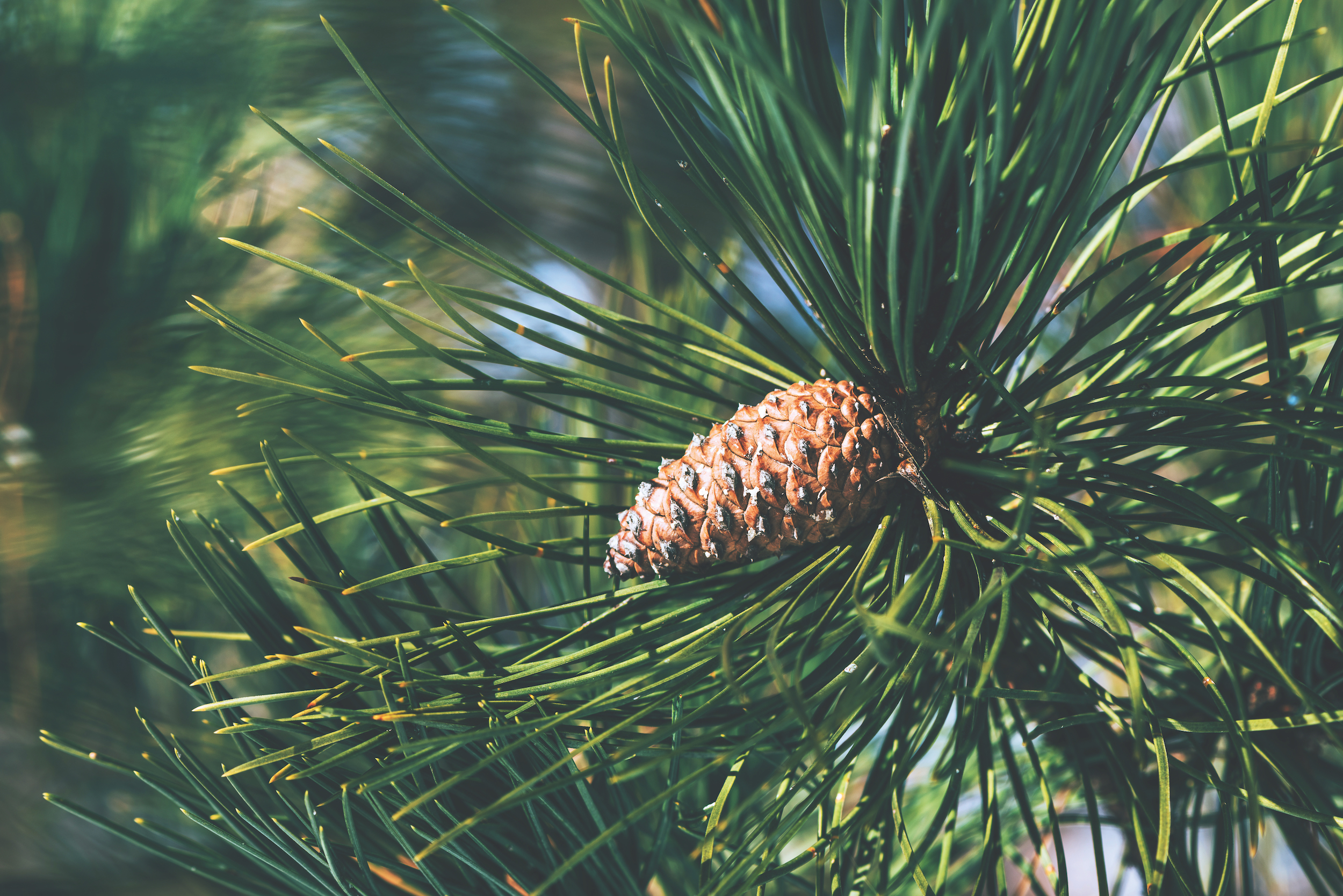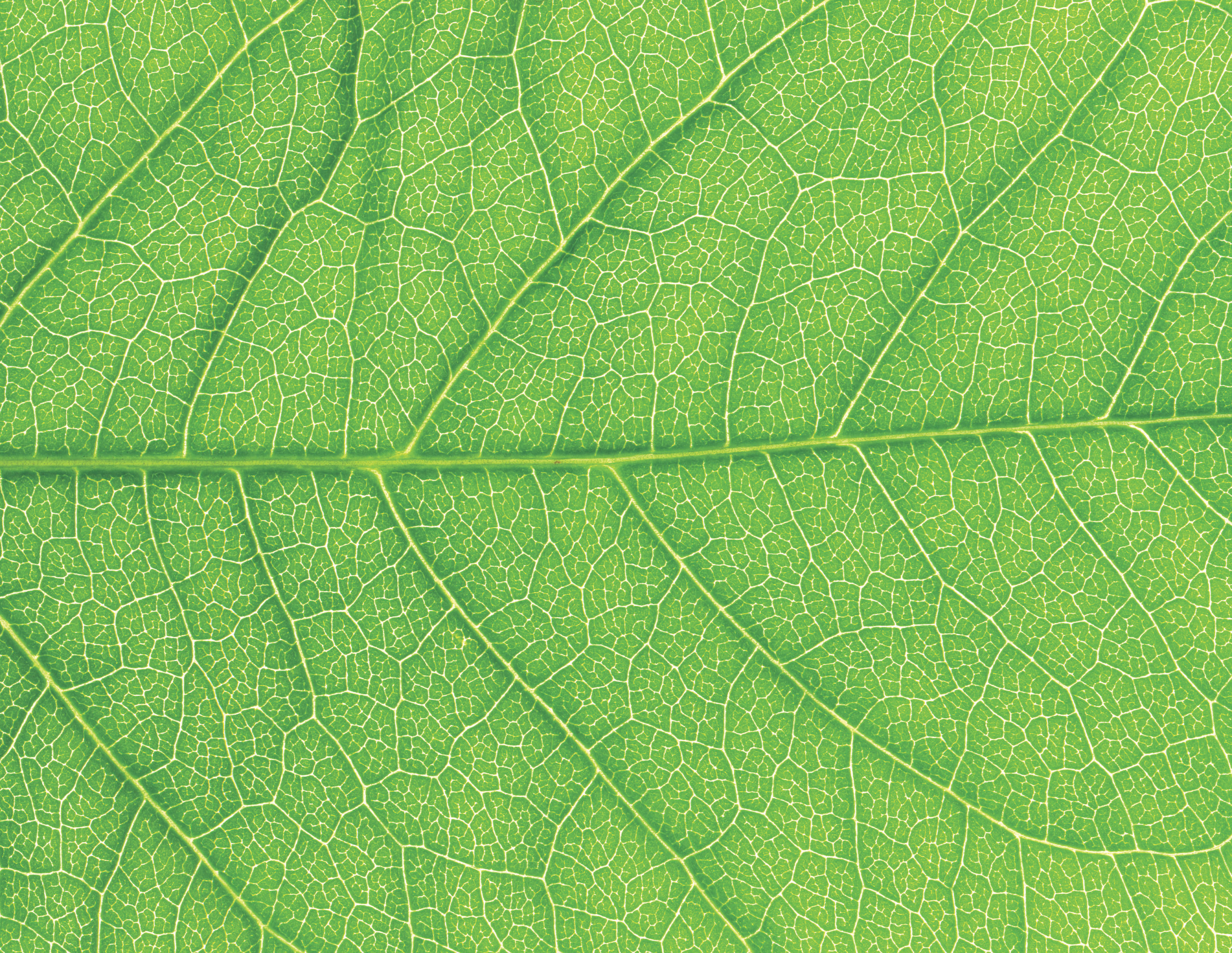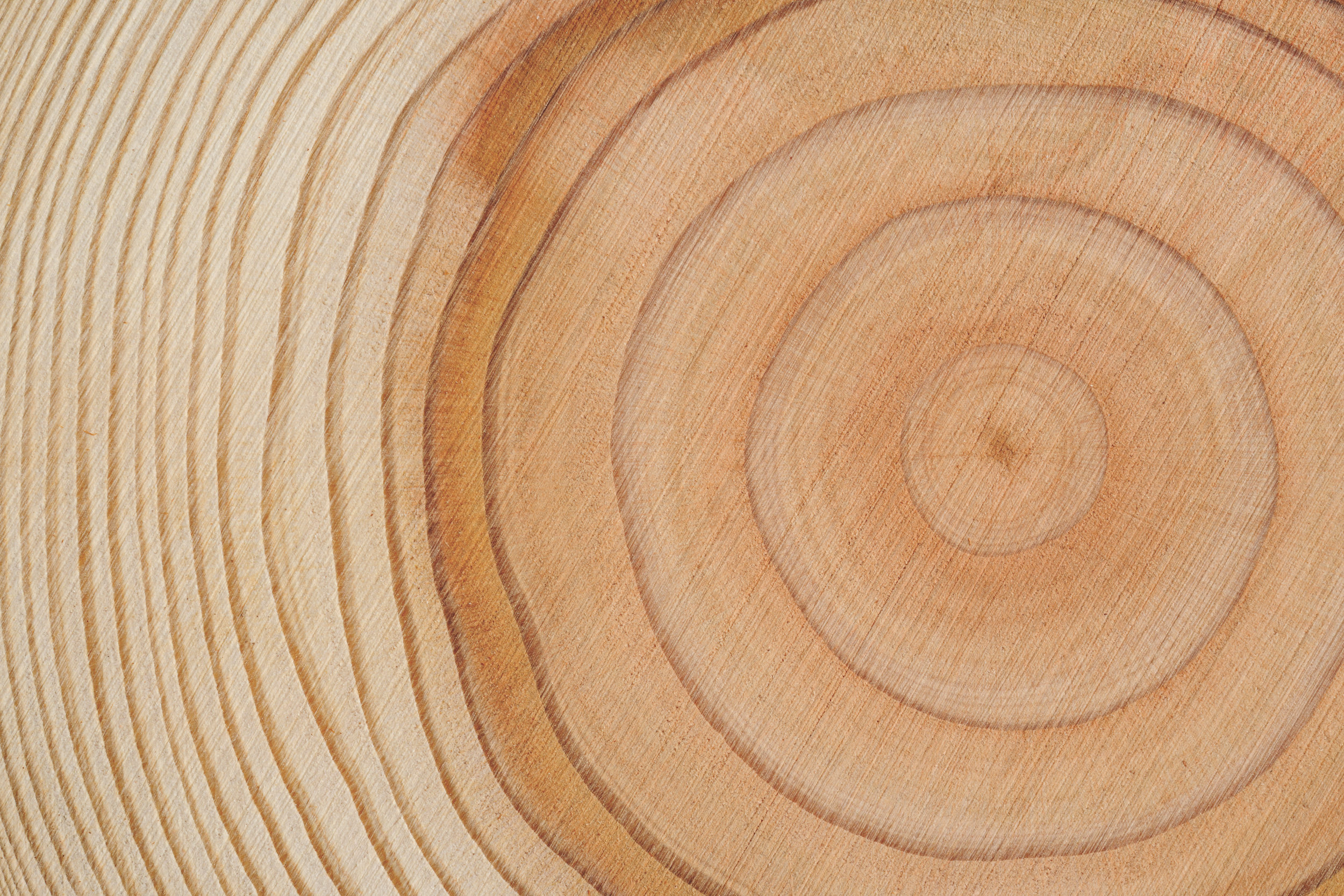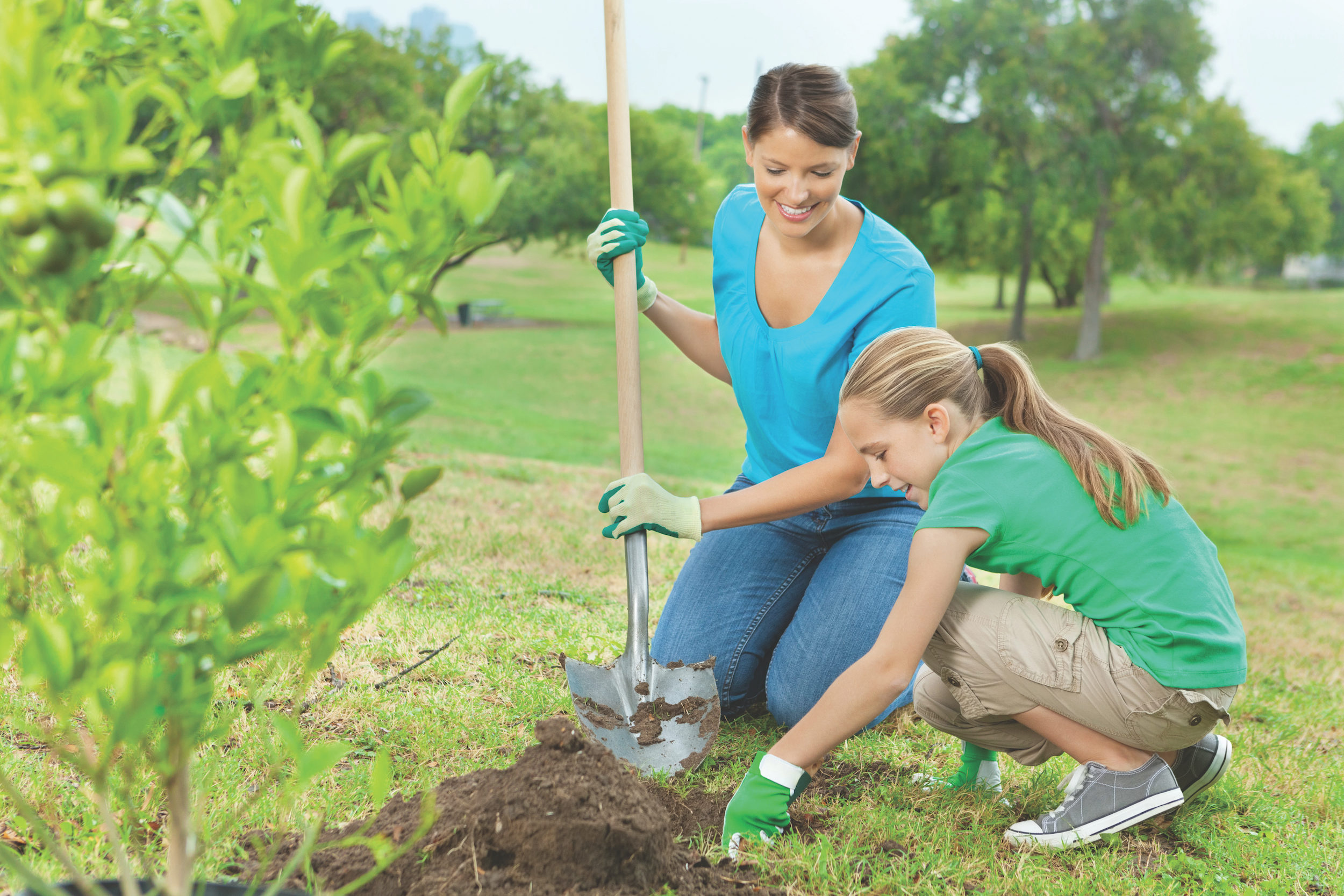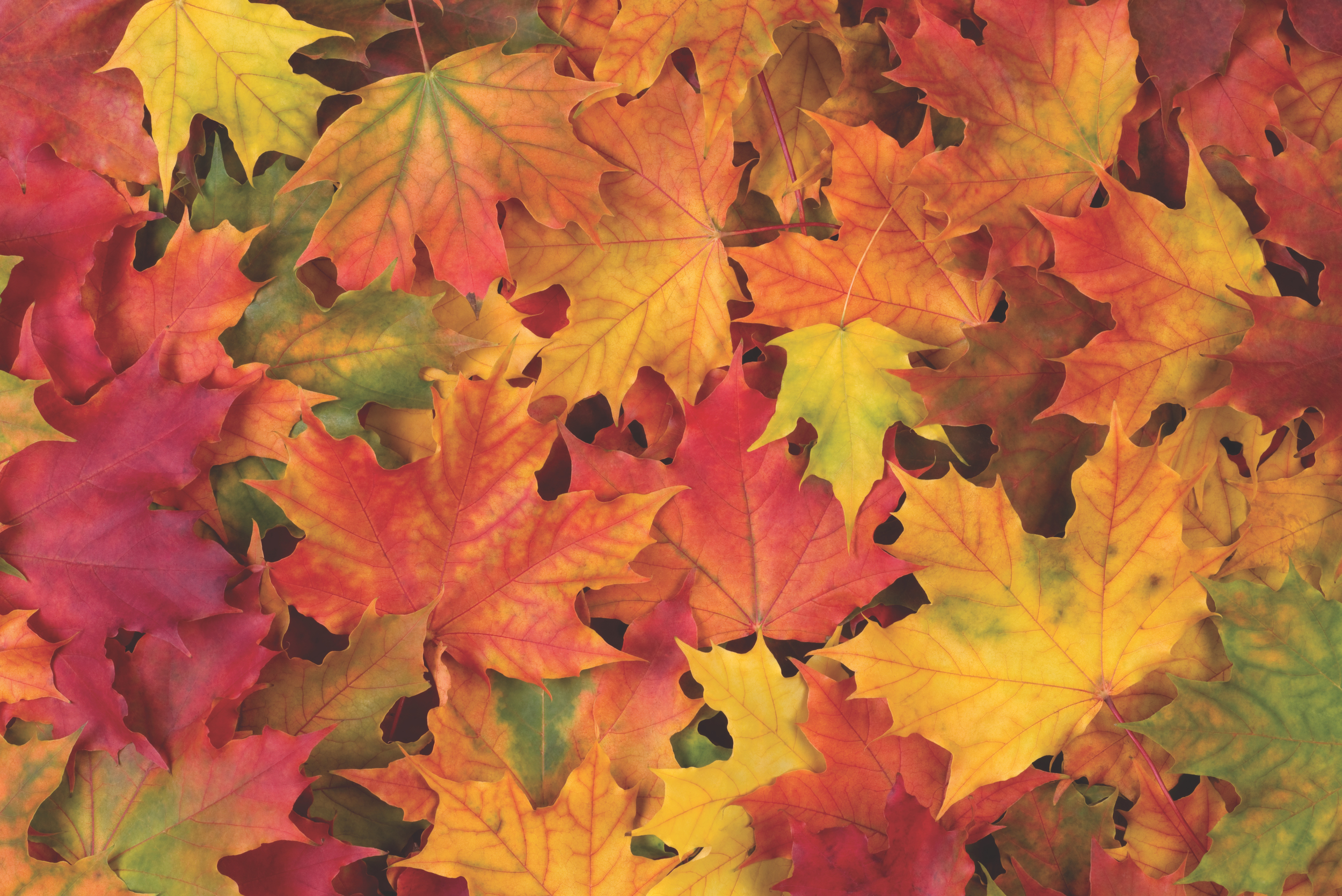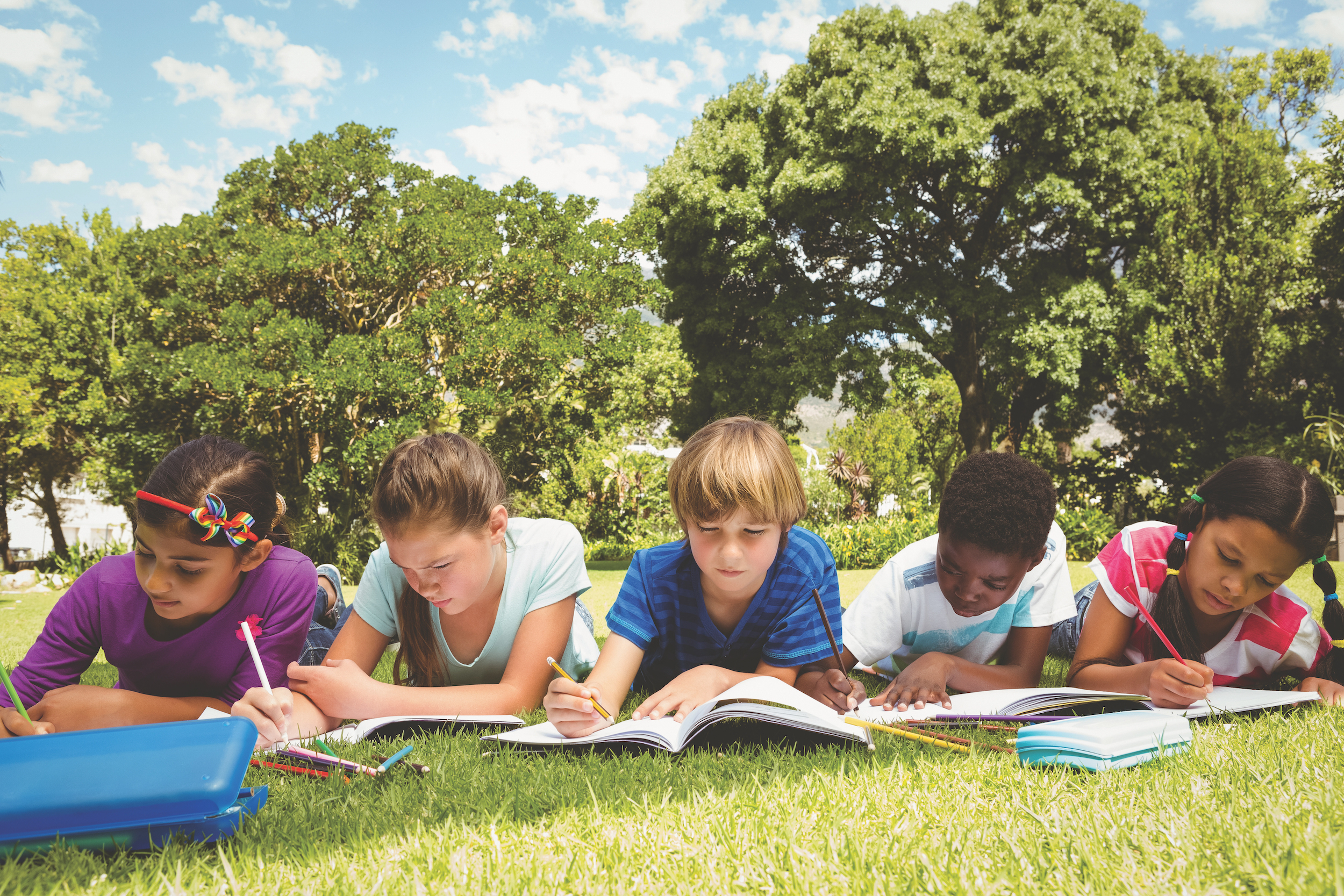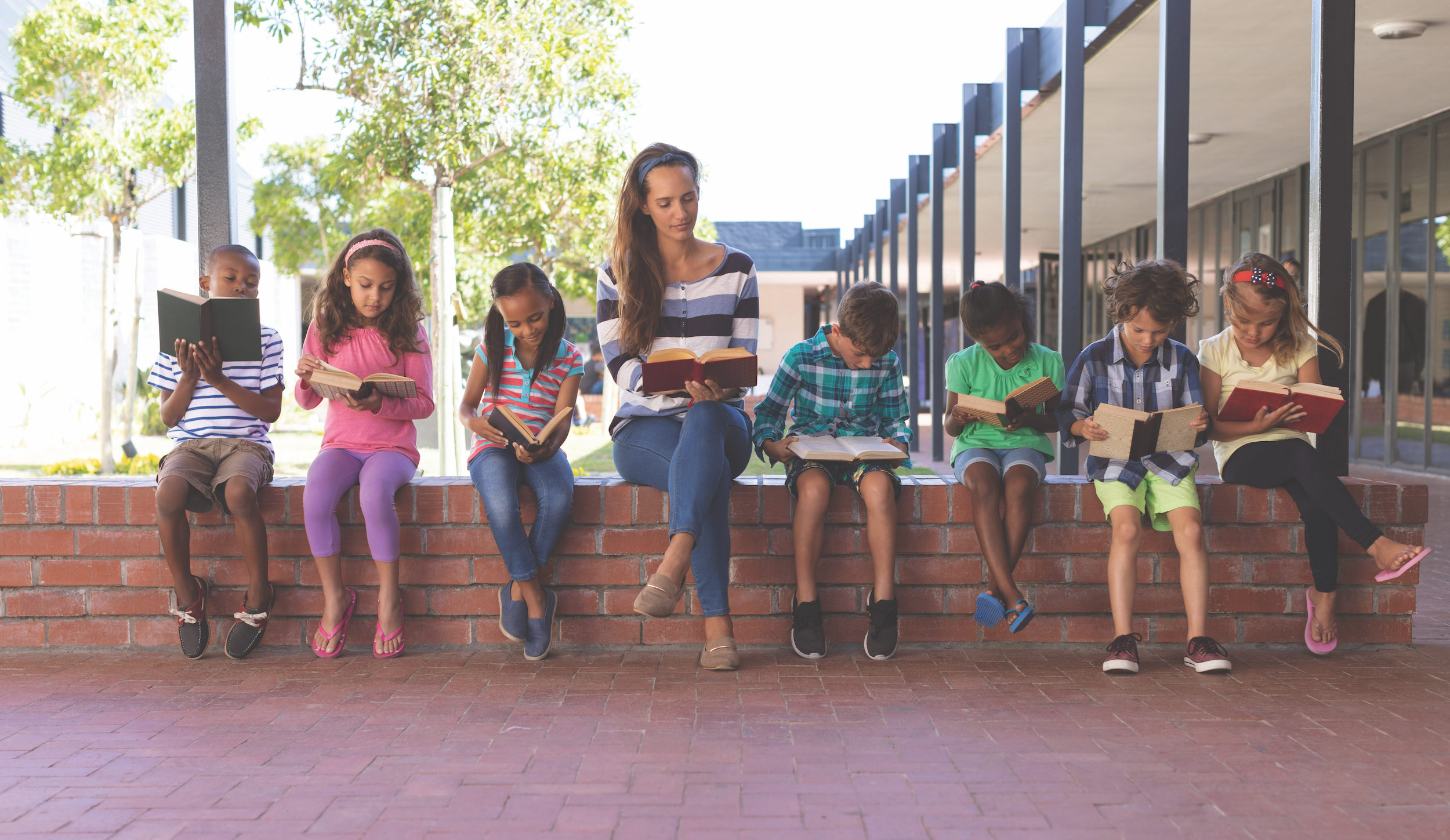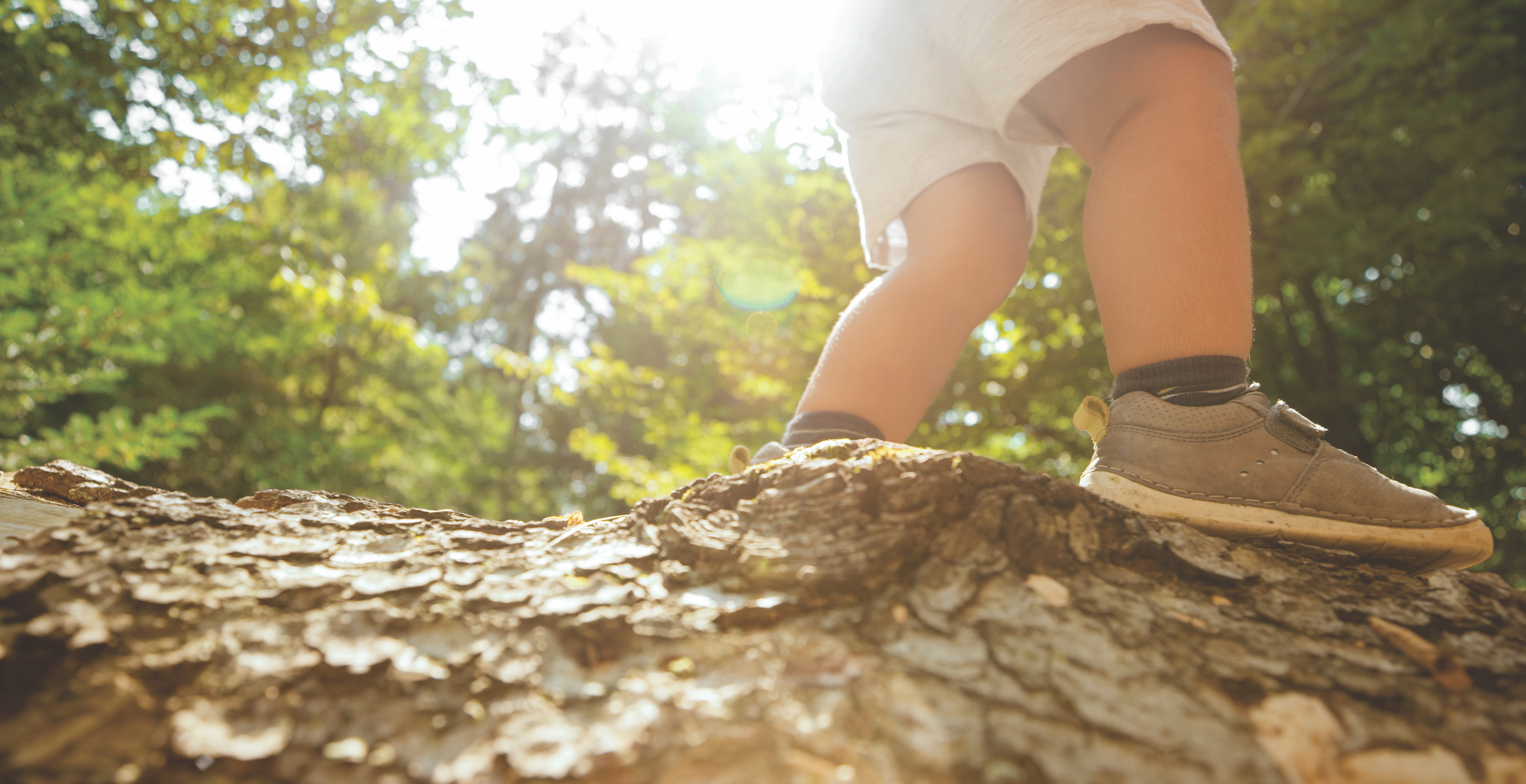Find Activities and Curriculum
Inspire young people connect with the environment through hands-on, multidisciplinary
activities for all
grades, settings and subject levels
Filter Selected:
Field, Forest, and Stream
Students conduct a field study of three different environments as they focus on sunlight, soil moisture, temperature, wind, water flow, plants, and animals in each environment.
Exploration Energy!
The energy we use at home, school, or work enhances our lives, but it also often contributes to air and water pollution, wildlife and habitat loss, and climate change.
Water Wonders
The water cycle is the system by which Earth’s water is collected, purified, and distributed from the environment to living things and then returned to the environment.
Trees in Trouble
Students examine trees for signs of damage or poor health and investigate conditions that may cause trees and other plants to become unhealthy.
Trees for Many Reasons
By reading a story such as The Lorax by Dr. Seuss, students can examine the importance of conserving natural resources.
Tree Factory
By modeling the parts of a tree and creating a “tree factory,” students will learn about the structure of a tree.
Tree Cookies
Tree rings show patterns of change in the tree’s life, as well as changes in the area where it grows. Students will trace environmental and historical changes using a cross-section of a tree.
Soil Builders
Students explore differences in soil types and what those differences mean to people and to plants. They also investigate the role soil organisms play, both in building soil and in decomposition.
Signs of Fall
Students will look for signs of autumn and conduct an investigation to discover why the leaves of deciduous trees change color in the fall.
Peek at Packaging
Nearly everything we buy comes in some sort of package. Students examine the pros and cons of different packaging and design an “ideal” package.
My Green Future
All kinds of people work in the forest—from foresters, to loggers, to scientists. Everyone depends on properly managed forests for recreation, essential products, wildlife and biodiversity, clean water and air.
Get Outside!
Regular time outdoors is beneficial for emotional, mental, and physical health, as well as for creativity, learning, and child development. In this activity, students will examine the physical and emotional effects of a task done outdoors.
Fallen Log
It’s amazing how many things live in and on rotting logs. In this activity, your students will become familiar with some of those organisms by observing fallen logs or other decomposing pieces of wood.

